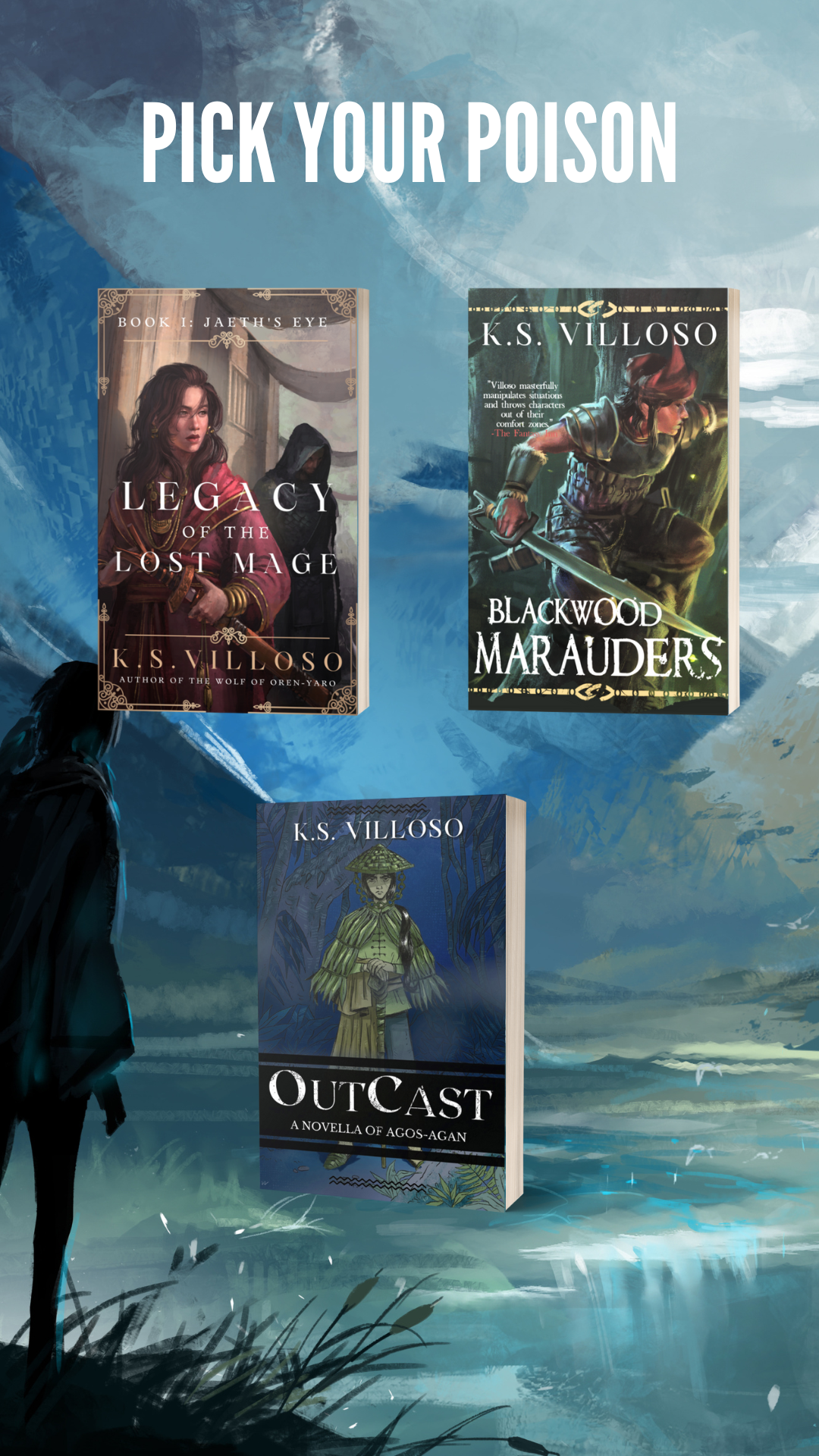Outlines are great stuff. I write them. I write loads of them.
The problem I think that many writers encounter, however, is that they think of outlines as “instructions” when they really should be called “brainstorming sessions.”
I’ve encountered the thought, for example, that repetitive outlining can help prevent your story from becoming a hot, steaming pile of dog turd. Not really. Not in my experience, anyway. I mean, you can draw lines on that shit all you want, at the end of the day, it’s still going to stink.
First off, the outline has to come with a plan.
Ideally, you’re not just going along talking about what happens here, there, and over there. Ideally, you’re doing the outline so that you have an overall view of how this story will progress–the plot points you have to meet, so to speak. And these plot points have to coincide with whatever story structure you’re planning.
These days, my outlines are bare bones. It details plot points, motivations, resolutions, and most importantly, conflicts–both inner and outer. Inner and outer conflicts are crucial, particularly, in maintaining tension throughout the narrative, and if I don’t get these ironed out, I get a little lost in what to write about.
So the outline helps me get a good look at these things. But then the real writing begins.
And oh boy, let me tell you, my stories turn out almost nothing like the original outlines. For example, the original outline of Aina’s Breath has Kefier running off to join Rysaran’s military and becoming his trusted confidant. And that’s just one of many examples.
The problem with outlines is that they only give you one outcome of many. You’re looking at the story before it even begins, so you have no idea how things are going to play out, what relationships will emerge, and so on. If you force yourself to stick to the outline, you are going to get a very stilted narrative, where characters lose their natural motivations and everyone just tries to get from one plot point to the next.
It’s in actually writing the narrative that you discover the beating heart of the novel. And if you’re a storyteller worth your salt, you have to learn to listen to this, you have to learn to pay attention to the story itself and what it’s trying to tell you–every little thing playing a part of a big picture, of which you’re now realizing you only caught a glimpse of in the outlines. And you have to be able to use the tools you’ve developed in order to work with this living story, to direct it towards the natural resolution. And it’s like trying to tame a wild horse. You want it to go a certain way, but sometimes it doesn’t want to. You can’t just drag it into a pen and insist it stays there.
It’s more work to write a story this way. With my current WIP, for example, I spent a good few months writing several loose summaries until I was ready to tackle a chapter-by-chapter outline. After I was finished with that, I started writing the story, got to about 12k words while loosely following the outline, and then decided to scrap 5k and start all over again…now switching scenes around. The outline is forgotten at this point, and we’re only in Chapter 5. By the time I get a couple of chapters in, I’m probably going to have to redo the whole outline just so that I can still meet the plot points in this “alternative version.” And I’m really hoping the story gains traction at this point, and that I don’t end up scrapping entire chapters that don’t work.
Planning a story is completely different from actually going out to write it. I think too many people think that you can outright decide to create a wonderful novel, and then all you have to do is crank in a certain number of words each day and then poof, you have one done. That it’s a conscious decision. No–to me, it’s always an adventure, and there’s a whole load of uncertainty and unease around the process. Will this story even work? If I start writing one and I’m a bit iffy about its heart, will I even make it to the end?
And so it goes.

